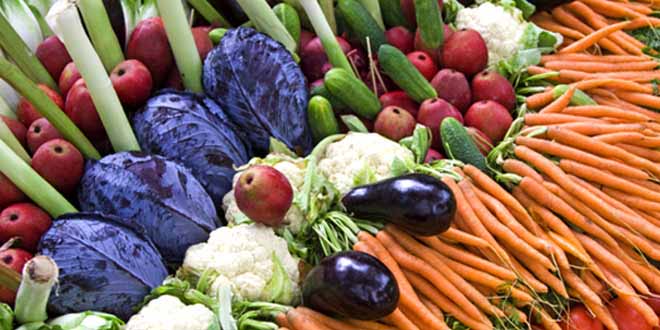
Winter Veggies
Winter brings with it, certain freshness in the air along with its own array of seasonal vegetables to be enjoyed only during these cold months. From carrots and radishes to mustard greens and peas, they are packed with nutritional goodness. What’s more-experts say that the true nutritional benefit of any vegetable can only be reaped when these are fresh and in season. Not convinced yet? Here are more reasons why you should get on the veggie bandwagon this winter…
High in fiber and low in calories, radishes and carrots make for a great snack for those attempting to lose weight and can be eaten raw as salads. Radishes have a high content of Vitamin C, making them useful for warding off those colds and coughs. Carrots on the other hand are very high in beta-carotene, an antioxidant known to prevent night blindness and which can be converted to Vitamin A. This makes carrots very good for hair, skin and nails as well. Their high fiber content makes them heart-friendly as well.
Fenugreek leaves and seeds both have great nutritional advantages. The seeds have been known to relieve gastric disturbances and constipation, prevent kidney problems and are useful as a cure for cough and cold. The leaves are high in fibre which makes them great for the heart. Fenugreek has also been found to control blood sugar levels making them advantageous for diabetic patients. The seeds can be consumed after soaking them in water overnight. The leaves can be cooked with oil and a few spices with carrots as a vegetable dish.
Peas are a great source of Vitamin C and B6, folate and potassium. They are also a great source of proteins as well as fiber. A half cup serving of peas provides about 4 g of protein and about 20% of our daily requirement of Vitamin C. To avoid loss of too many nutrients, peas should be cooked in as less water as possible. They can be cooked with carrots, potatoes or mushrooms as a vegetable dish.
Mustard leaves are high in fibre, Vitamin A and Vitamin K. Because these are fat-soluble vitamins, it is beneficial to cook mustard leaves with a little ghee or butter so that these vitamins are easily absorbed by the body. Mustard leaves are cooked with spinach to make a popular dish called sarson ka saag.
So there you have it, your guide to vegetables this season. With only 5 days left for the new year, will eating these be part of your new resolution list?

